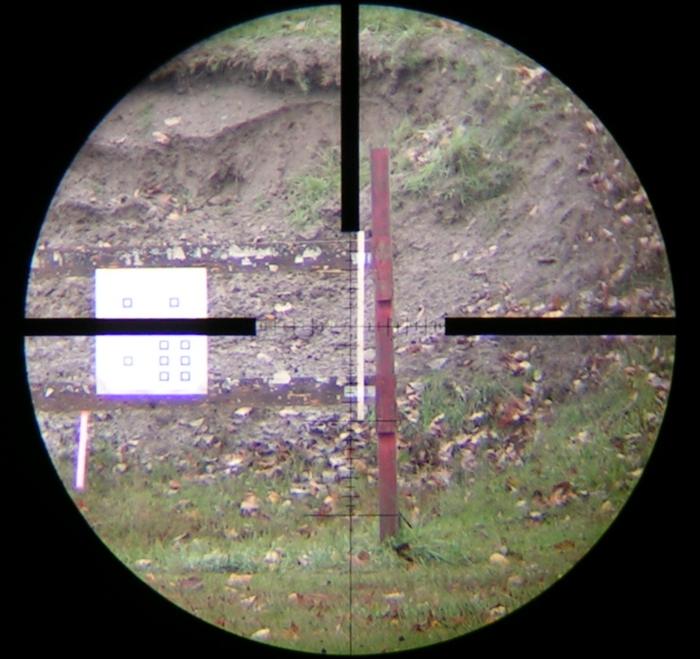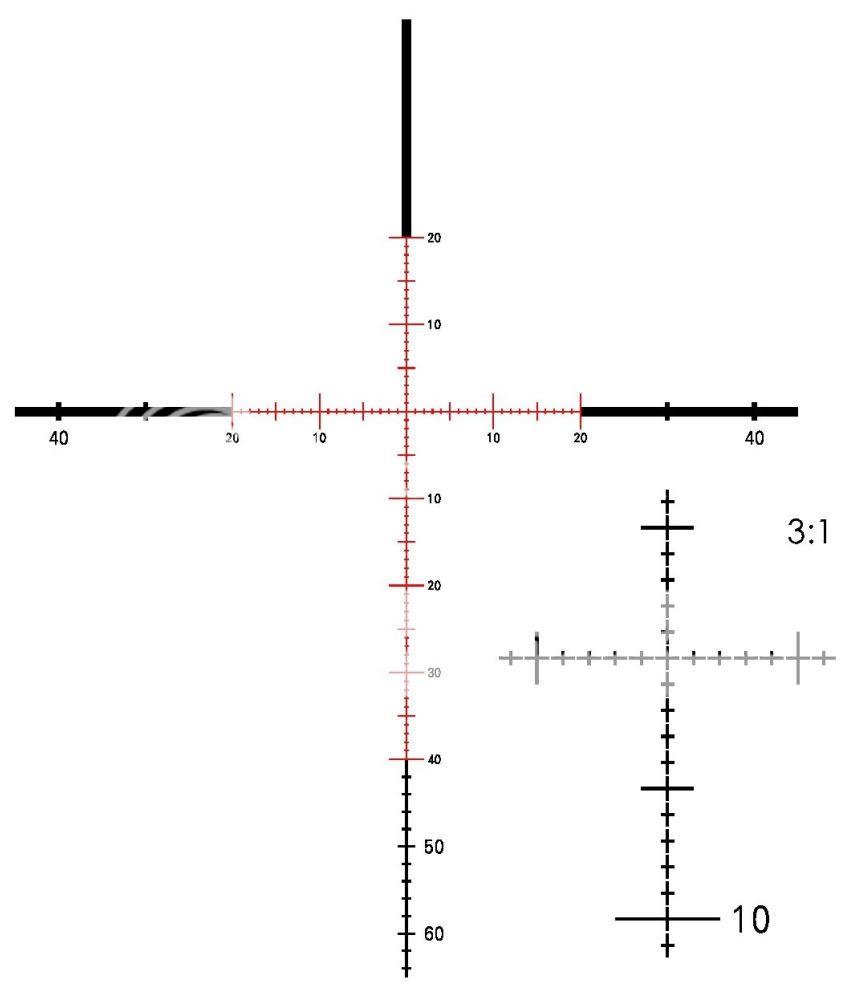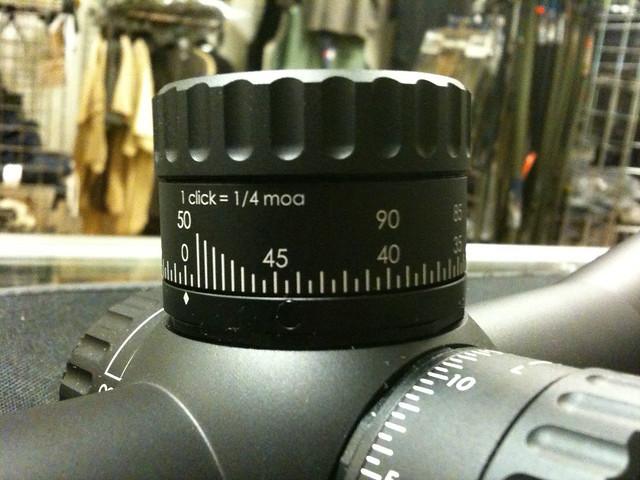I am curious what the last FFP scope was that you used.
That's an excellent question.
Me. I use my scope to make range estimations on coyotes in the field…. No I dont shoot past about 400 yrd using this method.
Coyotes are not big game animals. Apples and oranges. Difficult, low percentage—even "hope" or "hail Mary" shots at coyotes won't raise too many eyebrows. If you hit, you hit, if you miss, you miss. So most people aren't going to say a whole lot if you take a shot at long range with only a rough estimate of the range at a coyote.
Big game are different. Shots such as the above are not acceptable on big game (for anybody I'd want to hunt with anyway). You need to be sure of your shot. At long range this means knowing the range
exactly. For this there is no substitute for a good LRF.
Most here don't consider 400 yds long range either. My comments were specifically for hunting
big game at long range. You are not hunting big game nor are you doing it at long range, so I'm not sure why you thought my comments were applicable to your situation.
Jon, I have friends that have attended Hollands school. They told….
I see. It's certainly reasonable to get that impression when that's what you were told. I don't know what they teach there but I do hope maybe something got lost in the translation.
Learning a skill that can be fun and somewhat useful and could really save your bacon in the case of an emergency, equipment failure, or be useful at closer ranges, etc, is a fine thing to do. There's nothing wrong with that at all. I do hope, however, students are not being taught that should be their
primary method of determining range when hunting
big game at long range.
Why does Nightforce ony offer FFP in the lower power 3.5x15? Beacuse the lower power scopes are better at longer distances? Another fact I have used to draw my opinions.
That's somewhat like asking, "If Corvettes are really fast cars, why doesn't Ford make any?" Because they're Ford, that's not what they do.
For many years, NF scoffed at the idea of making a FFP scope at all. They finally buckled under and made the F1 and now they can't make them fast enough. Their upcoming newest, biggest, baddest scope ever (being called "the beast"), is rumored to be a 5-25 FFP on a 34mm tube costing in the $3500 range to compete with the S&B, Premier 5-25, etc. It certainly won't be intended for close range use only. So they're coming along, better late than never.

I don't know what reticle the F1 you looked at had, but starting out their reticle choices were pretty poor in my opinion. They have some newer reticles I think are very nice and will work well for all around use but would probably still be too thick for your liking. So the scope you looked at was not a very good choice for your application and preferences.
You want more power and a thinner reticle, NF just does not make a FFP scope to fit your needs at this time. The important thing to remember is:
That does not mean nobody does.
In order to give a FFP scope a fair shake, I think you'd need to try one that is a really
good choice for your application. As one example of one I think you actually might like despite it being FFP, consider a Premier 5-25X56 MOA for a minute. Here's its reticle:
While that reticle is actually a hair thicker than the GenIIXR, being an MOA guy I think you'd like this best. Its lines are 0.1 MOA thick. You really could literally aim at an egg at 1000 yds with it.
For those who do like to hold wind, that reticle has 1 MOA hashes and little tiny gaps denoting ½ MOA. Without any special skills or training anybody could use it to accurately hold within ¼ MOA easily without even having to think about what they're doing. A really nice reticle IMHO.
Of course if you don't then that doesn't do much for you. The main thing would be if the reticle was thin enough you found it "acceptable" you may fall in love with other aspects of the scope.
The glass is
SO MUCH BETTER than the 22X NF's you use. That alone would be enough reason for many to choose it who didn't care about the reticle one way or another.
50 MOA in a single turn of the knob might be another (pic by CS Tactical)! Being able to reset the turrets without a wrench, having a zero stop that never requires adjustment, a much better illumination system, etc, are some others.
My point is even if you didn't actually use the reticle for anything so all of the FFP functionality was a waste for you, you might like the scope anyway. Without getting behind one and seeing for yourself you just don't know, you have no idea what you're missing. Since it only comes in FFP, if you really liked it otherwise you'd just have to accept that "flaw" and get used to it. There's not a single scope I've ever seen that didn't have at least one or two things I didn't like about it.
But even if you, personally, didn't end up liking it, a lot of other people would. A lot of people after looking through it next to a NF wouldn't want to look through the NF ever again if they didn't have to no matter what reticles they had. Remember, there are 40,000 members here. Not many are going to find an egg at 1000 yds insufficient precision for their needs.
Which is why I try and set the record straight in these threads. If all those out there reading are told the above scope just isn't good for "long range" because it's FFP they may never give one a try. They could miss out on something they might really like a lot better. And I don't just mean that particular scope--it was just an example--there are lots of really nice scopes out there that only come in FFP. People being told they should all be crossed off the list immediately if they shoot long range and use a range finder is not helpful to them.




